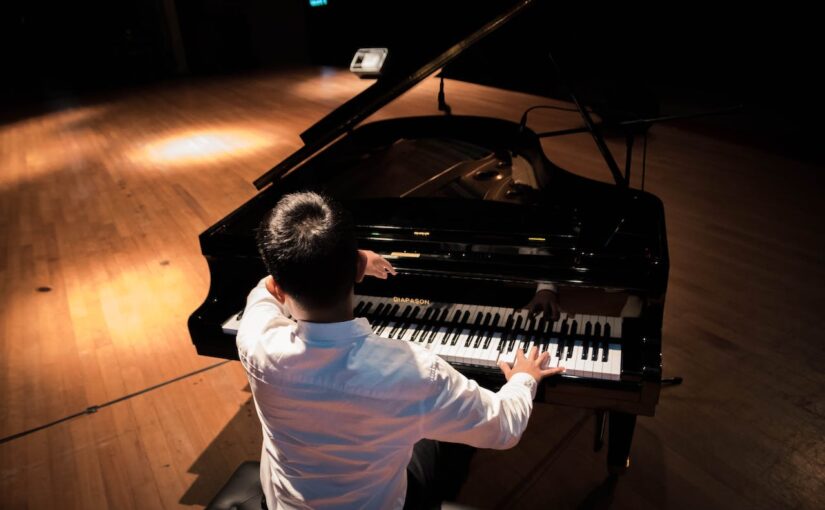Classical music, with its rich tapestry of compositions spanning centuries, stands as a cornerstone of musical heritage. For generations, pianists have interpreted and breathed life into these masterpieces on traditional pianos. However, with the advent of innovative instruments like The Fluid Piano, a new horizon of possibilities has emerged, offering a fresh perspective on interpreting classical repertoire.
Embracing Tradition with Innovation
The Fluid Piano, revered for its tuning flexibility and adaptability, serves as a gateway for pianists to explore and reinterpret classical compositions in ways previously unattainable. Unlike conventional pianos, The Fluid Piano empowers musicians to adjust the tuning of individual notes, offering a unique canvas to infuse classical masterpieces with renewed depth and expression.
Rediscovering Dynamics and Nuances
Adapting classical repertoire on The Fluid Piano presents a thrilling opportunity to delve into the subtleties of compositions from different eras and styles. Pianists can explore the nuances of baroque, classical, romantic, and contemporary works, fine-tuning the instrument to resonate authentically with the composer’s intended tonality and expression.
This adaptability allows for a more profound exploration of dynamics, tempos, and tonal textures, enabling pianists to highlight intricate details within the music. From the delicate phrasing of a Chopin Nocturne to the grandeur of a Beethoven Sonata, The Fluid Piano’s tuning flexibility enhances the interpretation, enriching the overall musical experience.
Exploring Historical Authenticity
The ability to adapt tuning to historical temperaments enables pianists to perform classical repertoire with a heightened sense of historical authenticity. By aligning the instrument’s tuning with temperaments from specific eras—such as the Well-Tempered Clavier tuning for Bach’s compositions—pianists can recreate the soundscapes that composers themselves might have envisioned.
This pursuit of historical accuracy not only offers a deeper understanding of the music’s context but also provides a unique perspective for both performers and audiences, shedding light on the evolution of musical expression through different periods.
Interpreting Beyond Boundaries
The Fluid Piano’s adaptability transcends geographical and cultural boundaries, allowing pianists to explore classical repertoire influenced by various musical traditions worldwide. It opens doors to reinterpretations of classical compositions that incorporate elements from diverse musical idioms, such as infusing Western classical pieces with Eastern modalities or exploring microtonal nuances within classical works.
This adaptability fosters a fusion of musical traditions, enabling pianists to create performances that embrace cultural diversity and resonate with a global audience, demonstrating the universality of classical music in a contemporary context.
Challenges and Rewards
Adapting classical repertoire on The Fluid Piano presents both challenges and rewards. Pianists embarking on this musical journey must navigate the intricate balance between preserving the essence of the original compositions while exploring newfound possibilities offered by the instrument’s tuning flexibility.
The reward, however, lies in the opportunity for pianists to express their individuality and artistic interpretation, breathing new life into familiar pieces. It encourages creativity, pushing performers to explore uncharted territories and reimagine classical masterpieces in a fresh and compelling light.
Conclusion: Embracing Evolution in Interpretation
The Fluid Piano’s tuning flexibility offers a gateway for pianists to reinterpret classical repertoire, fostering a harmonious blend of tradition and innovation. It encourages an evolution in interpretation, inviting performers to rediscover classical masterpieces with renewed vigor, authenticity, and creative expression.
As pianists continue to explore the endless possibilities offered by The Fluid Piano, the adaptation of classical repertoire serves as a testament to the instrument’s capacity to honor tradition while embracing the future of musical expression. Through this transformative journey, classical music finds new resonance, echoing the timeless melodies of the past while resonating with the spirit of contemporary innovation.


